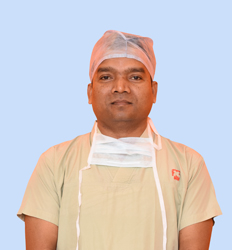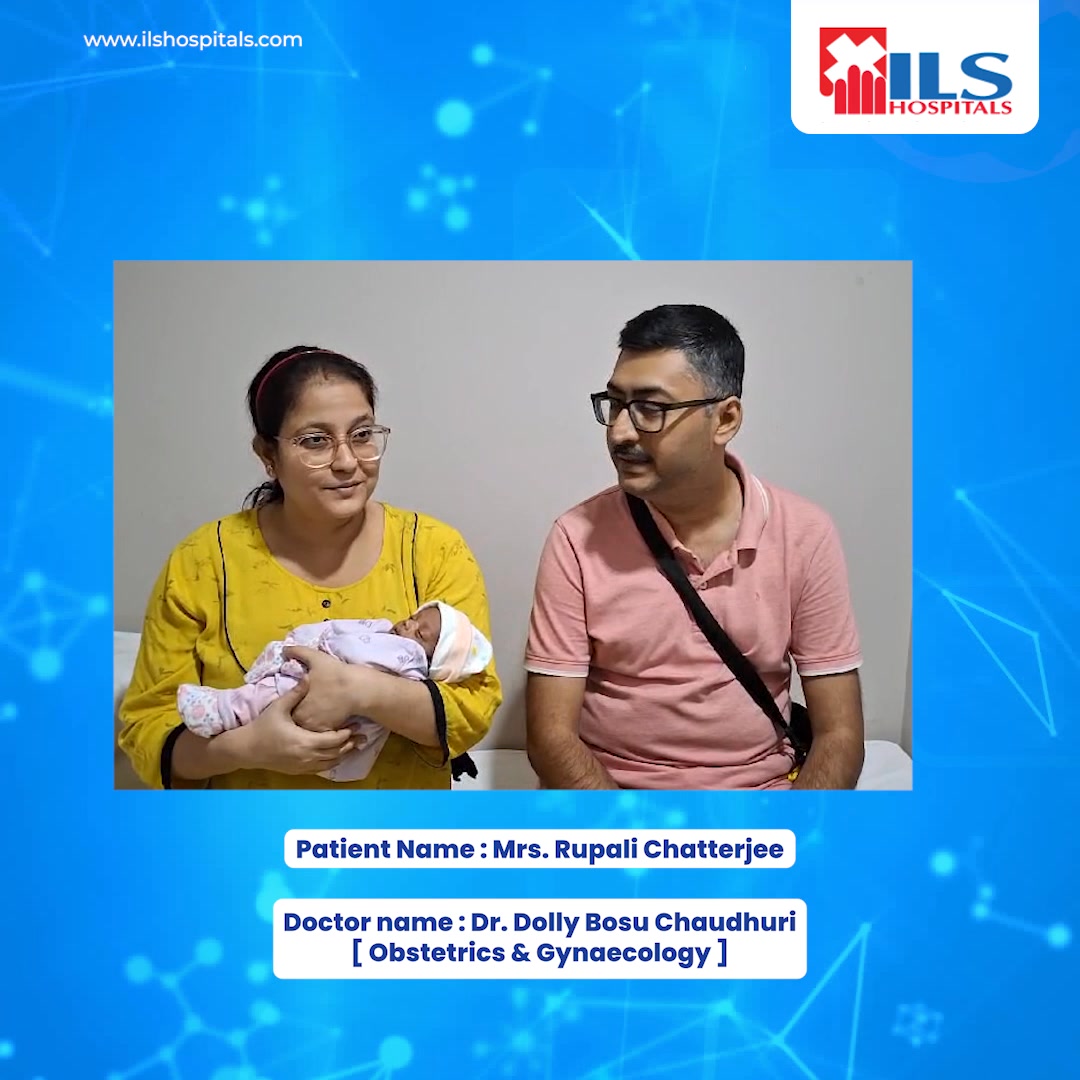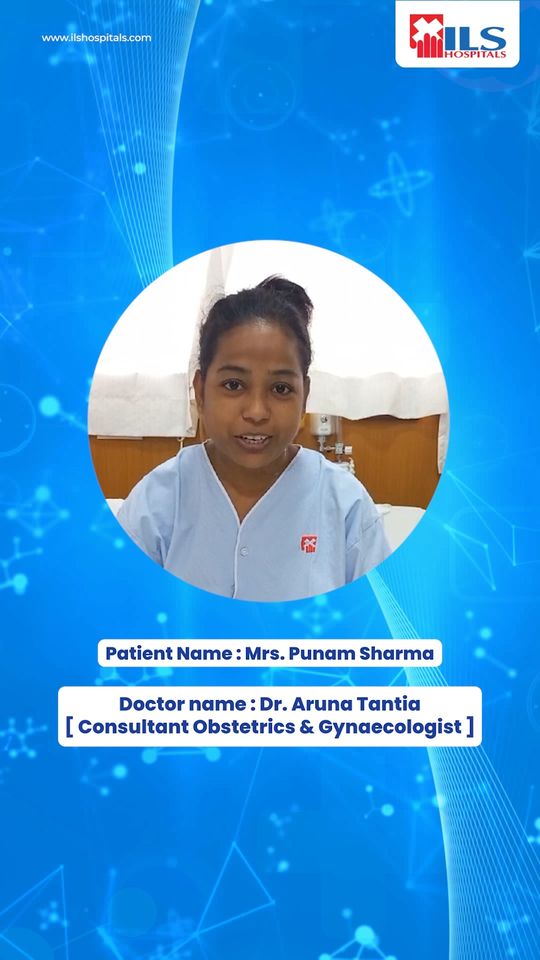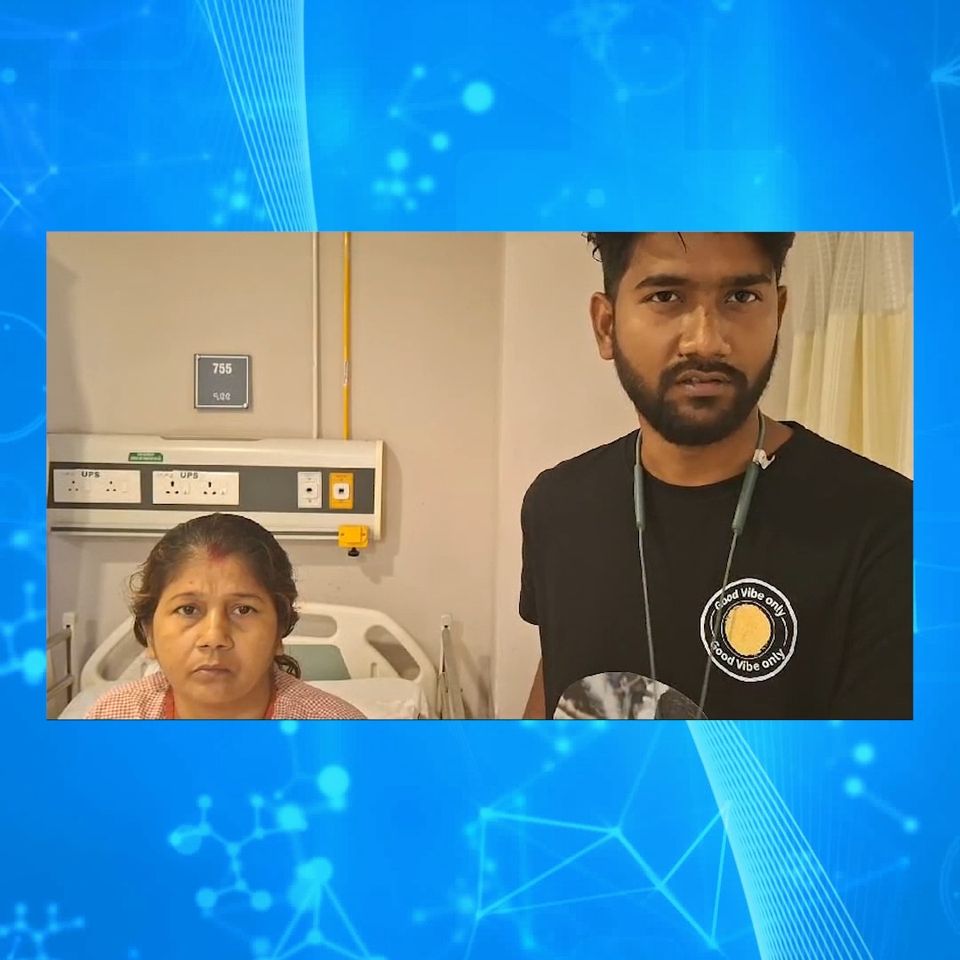Advancing ACL Surgery for Optimal Recovery
Anterior Cruciate Ligament (ACL) surgery is a vital procedure aimed at repairing or reconstructing the anterior cruciate ligament in the knee. The ACL, a key soft-tissue structure connecting the femur to the tibia, is frequently injured, especially among athletes.
Complete ACL tears are commonly addressed through ACL reconstruction surgery, where the damaged ligament is replaced with a tissue graft to replicate the natural ACL. At ILS Hospitals, we adopt an interdisciplinary approach, with physiatrists, sports medicine physicians, orthopedic surgeons, radiologists, and rehabilitation experts collaborating to determine the most suitable treatment for each patient. As individuals with an ACL injury are prone to early-onset knee osteoarthritis, our medical professionals continuously explore ACL surgery techniques to enhance both short-term and long-term patient outcomes.
When is ACL Surgery Needed?
The necessity for ACL surgery hinges on the severity of the ACL tear and the patient’s lifestyle. A fully torn ACL cannot heal naturally. Some studies suggest that in certain cases of partial ACL tears, the ligament may self-heal without surgical intervention.
Partial and complete ACL tears are differentiated through two manual tests:
- Lachman Test: This involves the attempt to pull the shin bone away from the thigh bone. A fully torn ACL will not prevent bone movement or will allow only slight movement.
- Pivot Shift Test: In this test, the patient lies on their back while the doctor lifts their leg and applies rotational pressure to the knee. A negative result means that the bones do not shift.
For patients with partial ACL tears, the recommendation may be to delay surgery and observe whether the ligament heals on its own.
Patient Lifestyle also plays a role. Active individuals, especially competitive athletes with a completely torn ACL, require surgery to regain their previous activity levels and prevent future injuries. Those with less strenuous lifestyles may explore nonsurgical treatments that enable a return to normal routines despite a lack of an intact ACL. However, returning to unrestricted activity with a fully torn ACL often leads to knee instability and a higher risk of meniscus tears. The meniscus, responsible for cushioning the knee joint, is at risk for damage when the ACL is compromised, which can result in knee pain and swelling, and ultimately increase the risk of knee osteoarthritis.
When Should ACL Surgery Occur?
For a complete ACL tear, reconstruction surgery is generally scheduled between three and six weeks after the injury, allowing time for inflammation to subside. Early surgery can lead to arthrofibrosis, a profound scarring response.
The timing of ACL reconstruction surgery is determined by factors such as the presence of other injuries requiring treatment, the knee’s physical appearance, the patient’s pain level, and the range of motion and muscle control in the knee.
Research suggests that delaying ACL reconstruction surgery for six months or more after injury reduces the likelihood of a favorable outcome and increases the likelihood of future ACL revision surgeries.
How Does ACL Reconstruction Surgery Work?
ACL reconstruction surgery typically entails the creation of a new ACL from a graft of replacement tissue, which can be sourced from:
- A portion of the patient’s own hamstring, quadriceps, or patellar tendon.
- An allograft, which is tissue from a human organ donor.
The choice of graft depends on the patient’s unique situation. This surgery is performed using minimally invasive arthroscopic techniques that involve small incisions and instruments. A slightly larger incision is made to obtain the tissue graft. ACL reconstruction is typically an outpatient procedure, allowing patients to return home on the same day.
Recovery Time for ACL Surgery
Recovery after ACL reconstruction surgery typically spans six to nine months before a patient can safely return to sports activities, depending on the level of competition and the type of activity.
Patients begin walking with crutches and a leg brace on the day of surgery. Shortly afterward, they commence a rehabilitation program to restore knee strength, stability, and range of motion. The rehabilitation process progresses through several phases:
- Early phase: Includes strengthening and range-of-motion exercises.
- Mid-phase: Involves running exercises around the fourth month.
- Late phase: Introduces pivoting exercises around the fifth month.
- Final phase: Competing in sports can begin as early as six months post-surgery.
Pain levels during ACL recovery vary and can be managed effectively with medication. The recovery duration differs from patient to patient, with full recovery determined by the restoration of muscle strength, range of motion, and knee joint proprioception.
Minimally invasive arthroscopic techniques have shortened and simplified recovery times compared to open surgery methods used in the past. Proper rehabilitation overseen by a qualified physical therapist and regular follow-up appointments with the surgeon are vital for a successful outcome.
Types of ACL Surgery
In most cases, it is not feasible to repair a torn ACL, and ACL surgery usually involves complete ligament reconstruction. The standard procedure is ACL reconstruction surgery, which utilizes a graft to create a new ACL in a minimally invasive manner. Repairing an ACL using sutures is an older technique and is now considered outdated due to its high failure rates.
The surgical method chosen for ACL surgery can significantly impact a patient’s life. It is crucial to ensure that ACL surgery is successful the first time, as the need for a revision surgery may result in higher failure rates, lower return to sports rates, and an increased risk of knee osteoarthritis.
ACL Reconstruction Surgery Steps
- The ACL reconstruction surgery follows several essential steps, although they may vary somewhat depending on each case:
- Small incisions are made around the knee joint to create portals for the arthroscope and surgical instruments.
- The arthroscope is inserted into the knee, delivering saline solution to expand the joint space, facilitating the use of surgical tools and the arthroscopic camera to visualize the knee’s interior.
- The surgeon evaluates other structures surrounding the torn ACL, such as the menisci and articular cartilage, and repairs them if necessary.
- A graft is harvested for the ACL reconstruction. This graft can be sourced from the patient’s own tissues (hamstring, quadriceps, or patellar tendon) or from a human organ donor (allograft). The type of graft used is determined on a case-by-case basis.
- The new ACL is inserted into the femur and tibia using a flexible guide wire, secured with screws anchored to bone plugs from the patella and tibia. Over time, these plugs integrate into the surrounding bone.
- Surgical instruments are removed, concluding the procedure.
Anesthesia for ACL Surgery
At ILS Hospitals, most ACL reconstruction patients receive an epidural nerve block during surgery instead of full general anesthesia. The epidural, similar to what is used during childbirth, provides regional anesthesia.
ACL Surgery for Teenagers
Children and younger teenagers who are still growing have specific considerations when it comes to ACL surgery. While the standard ACL reconstruction is suitable for older teenagers, performing it on growing children can be problematic due to potential growth plate damage. Therefore, ACL surgery was historically delayed until growth was complete or alternative surgical techniques, not anatomically accurate, were employed.
Innovative surgical techniques now provide options for younger children and adolescents with ACL tears. One such technique, the All-Inside, All-Epiphyseal Reconstruction (AE), allows for anatomic placement of the new ACL graft in growing children without crossing adjacent growth plates. This minimally invasive approach offers a high rate of return to play, allowing child athletes to continue pursuing their sports activities without waiting for their growth to complete.
The success of the first ACL surgery is paramount, as a failed surgery, whether repair or reconstruction, may result in higher rates of failure, lower return to sports rates, and an increased risk of developing knee osteoarthritis.
At ILS Hospitals, we are committed to offering state-of-the-art ACL surgery solutions tailored to each patient’s unique circumstances, ensuring their path to recovery is as smooth and efficient as possible.
Other Key Procedures View All
-

FRACTURE – CRIF Surgery
-

FRACTURE – ORIF Surgery
-
Hip Replacement Surgery
-
Joint Replacement Surgery
-

Knee Replacement Surgery
-

Robotic Knee Replacement









































